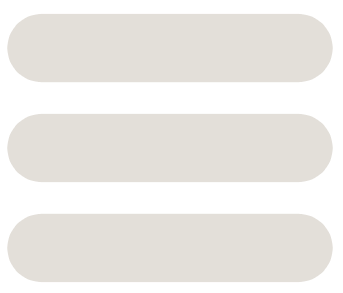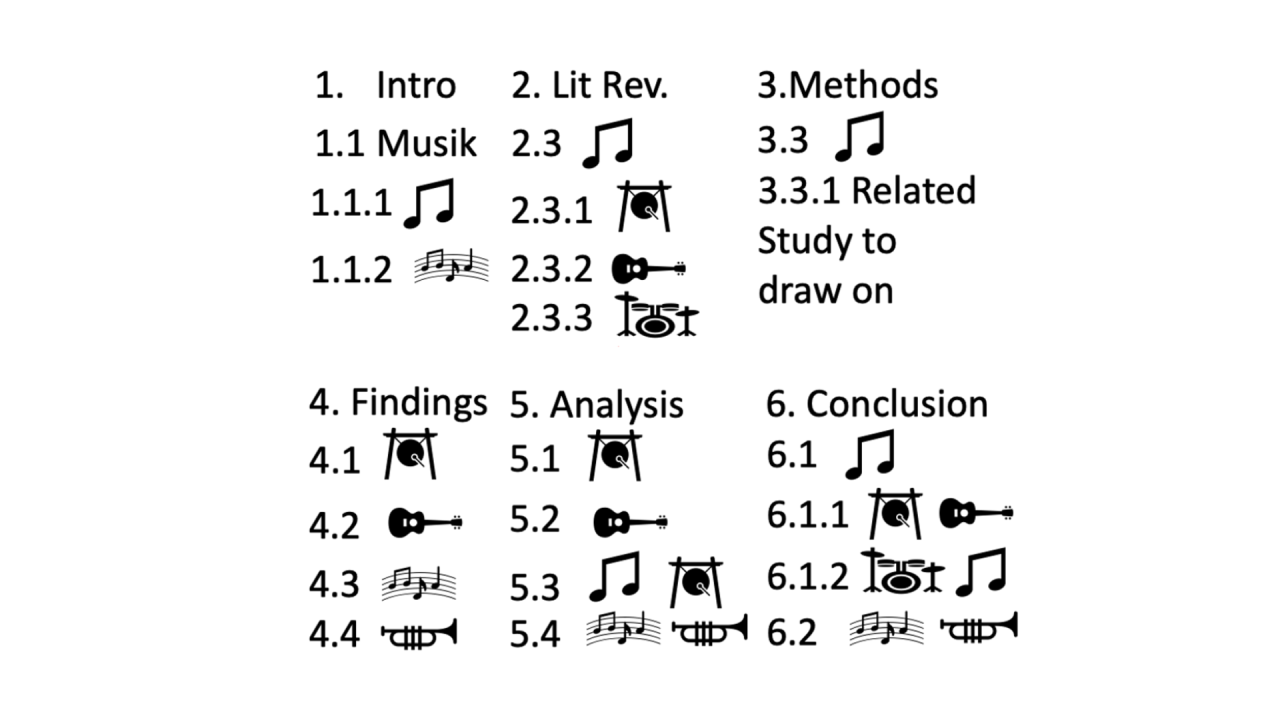Mirroring as a means to build up your thesis.
Mirroring can be a key to REDUCE THE TIME: ‘time to problem understanding’, ‘time to results‘, ‘time to key literature’, ‘time to methodology crafting’, ‘time to write the thesis up’, and ultimately ‘time wasted’. Keep reading if you are struggling with writing your thesis and unsure where to start?
What exactly is mirroring about anyway?
In a nutshell, mirroring is the technique of looking for consistency across the thesis chapters. If your Chapter 4 on the Findings suggests that high fluctuation is in large parts a result of bullying, then your Chapter 2 Literature Review should similarly cover this (high fluctuation and bullying), and your Chapter 1 Introduction should be setting the scene on that matter. Likewise, your Chapter 5 Analysis should pick-up on this, and Chapter 6 Conclusion should also. And while this sounds quite simple and straight forward, unfortunately thesis structures often read generic or confused.
The principle of mirroring.
The point here is that every part of your thesis will be, or should be, interconnected. And by mirroring the different parts out you can get a good understanding on how your work is coming together. Take a look at the image below to see for yourself how mirroring can guide you.
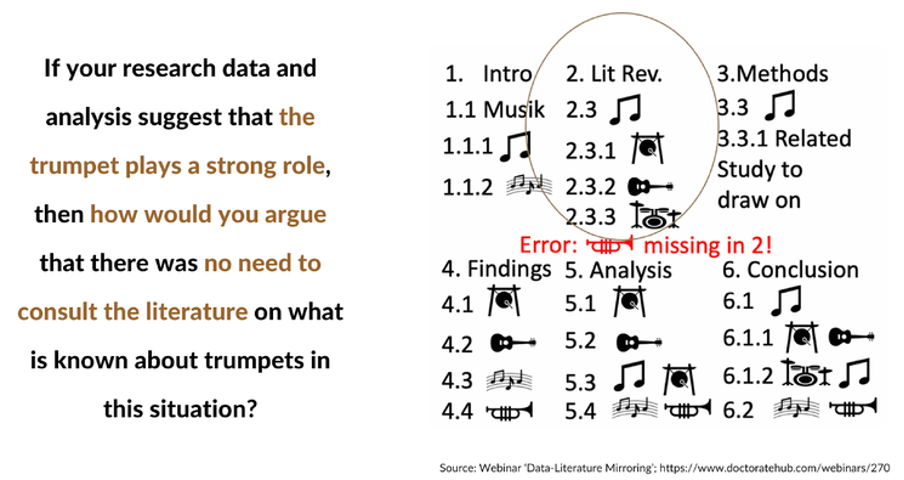
From the above image you can see that the trumpet is missing in chapter 2. Whether or not the exclusion of the trumpet was a deliberate decision is another question. But understanding how the different parts of your thesis add up is paramount for smoothly navigating through your research and to progress. Moreover, mirroring forces you to be more specific and to take the shots: what are your key terms and how do they belong together? Can you tell? Many of the students with whom we have worked over the years have difficulty articulating their exact research problem or how the research question and research problem relate to one another.
Mirroring in practice
If you want to see how mirroring could be used throughout the thesis, watch this webinar where we work through Dr. Ana Faria’s thesis. Ana used mirroring extensively during the thesis compilation process, and the results can be seen in any of the thesis chapters. Furthermore, having a mirrored Table of Content gives you a comprehensive view of your research and allows you to jump right into discussions with your supervisor, mentor, coach, or peers.
Look at the image below to see how well the table of contents aligns and adds up. The colour coding will direct you and demonstrate the alignment.
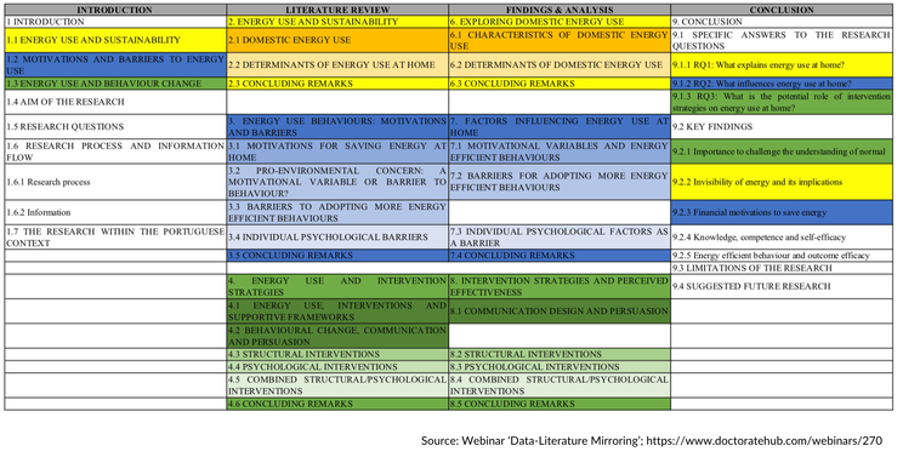
Mirroring can be used at various stages and in a variety of ways during the thesis research process. It does, however, require that you review your drafts on a regular basis and refine them asyour research progresses. And by doing so, you will notice that with each subsequent edition, your thesis and narrative will improve, as illustrated in the following section mirroring example.
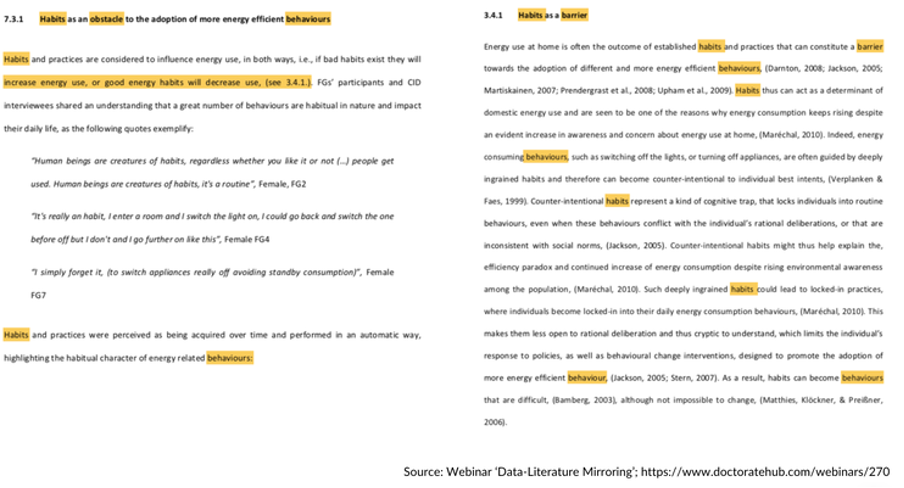
At DoctorateHub, we frequently use mirroring to assist doctoral students, and we can see how it allows them to quickly juggle in between Chapter 1 research problems and research questions, and Chapter 4 findings and stakeholder engagement, with a targeted touch in back to the methodology and key literature sources (in Chapters 2 and 3). So far, the students have made excellent progress. If you want to learn more about mirroring take a look at the recodings of one of our past webinars on this matter.
